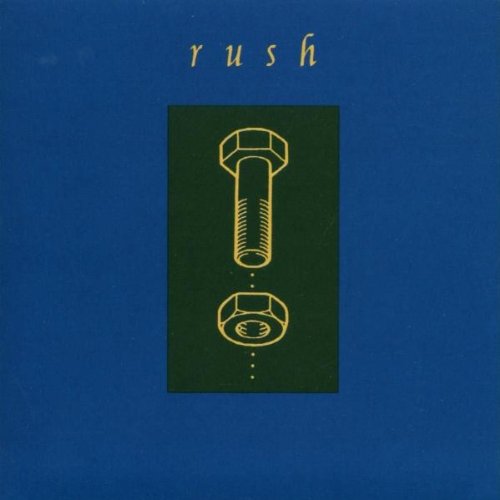
Counterparts (1993)

1.Animate
2.Stick it Out
3.Cut to the Chase
4.Nobody's Hero
5.Between Sun and Moon
6.Alien Shore
7.The Speed of Love
8.Double Agent
9.Leave That Thing Alone
10.Cold Fire
11.Everyday Glory
By the time Counterparts arrived, the musical world had shifted dramatically. Two major changes had taken root in the interim: the advent of online computer communities like Prodigy and America Online, and the grunge explosion. For the first time, fans could actually converse (digitally) with other fans across the globe about a forthcoming Rush release — a novelty at the time, but one that marked the early signs of a seismic shift in how music was consumed, discussed, and anticipated. Suddenly, you could hear details before you heard the actual music. That was a big deal in 1993. At the same time, the rise of grunge — ushered in by Nirvana, Pearl Jam, and company — was redefining what rock was supposed to sound like. So the question was inevitable: how would Rush respond? Would they attempt to follow the new trend? Would they "go grunge"?
Most of the loyal were quietly hoping they wouldn’t. While Rush had always experimented, they still had a predominantly reverent, older fan base — and grunge wasn’t really what those fans were showing up for. But the band had other ideas, and perhaps the biggest surprise came not from the music itself, but from the choice of producer. Peter Collins.
Yes, that Peter Collins. The very same who had steered the band through their most synth-heavy, neon-lit excursions of the 1980s. So what was he doing at the helm of Rush's first foray into the new decade? Whatever the reason, it worked. Collins showed that he wasn’t just a one-trick producer, and more importantly, Rush proved — once again — that they could evolve without completely shedding their identity.
This is not a grunge album. But it is a somewhat heavy album. The sound here is more muscular than the previous Rupert Hine–produced records, and overall, Counterparts plays like a return to a more guitar-driven aesthetic, though it still carries the polish and compositional sharpness that defined the band’s '90s phase. It’s tight. It’s focused. It’s also unmistakably Rush.
The opening track Animate sets the tone with a sparse count-in (“1,2,3,4,1,2…”) before launching into a thick, bass-driven riff that anchors one of the most accessible tracks they’d done in years. Elsewhere, Stick It Out and Cold Fire bring a heavier, slightly grungier edge to the mix, but it never feels forced or opportunistic. The band was still very much doing their thing — just with a bit more low-end punch.
There are a few stumbles. The Speed of Love doesn’t quite land — the sort of mid-tempo piece that might’ve been trimmed in the vinyl days to make room for stronger material. Meanwhile, Nobody’s Hero and Everyday Glory tackle potent, socially conscious subjects with admirable sincerity, but the songs themselves lack staying power. The messages stick. The melodies, less so.
Thematically, Counterparts revolves around duality — the interplay between opposing forces, whether it’s individuals, ideas, or emotions. There’s even a sly nod in the curious cover art (which, depending on whom you ask, is either cheeky or cringe-inducing). Peart, for his part, tackles topics of intimacy and human connection more directly than ever before. But in classic Peart fashion, even the songs ostensibly about love are filtered through a cool, analytical lens. Let’s just say you won’t mistake him for a romance novelist.
One unexpected high point comes in the form of the instrumental Leave That Thing Alone — a worthy successor to Where’s My Thing? and arguably one of the band’s best latter-day jams. Like its predecessor, it showcases the band’s technical prowess without ever tipping into indulgence. You almost wish they’d included one of these things on every record.
In the end, Counterparts may not be a radical reinvention, but it is a confident, cohesive, and refreshingly straightforward album. Unlike its immediate predecessors, it doesn’t rely on studio trickery or overt conceptual arcs. It just rocks — plain and simple — and that alone made it a breath of fresh air. Time has been kind to it. Many fans who were lukewarm in the early '90s now see it as one of the strongest entries of that era.
Solid then. Solid now.
Go back to the main page
Go To Next Review